The Amazon is in trouble. Here’s why — and why it matters
Human activities and climate change may drive the fate of this vast forest

In Brazil’s Mato Grosso region, large parts of the Amazon rainforest have been cut down to make way for crops, cattle and other human uses.
Lucas Ninno/Moment/Getty Images
Share this:
- Share via email (Opens in new window) Email
- Click to share on Facebook (Opens in new window) Facebook
- Click to share on X (Opens in new window) X
- Click to share on Pinterest (Opens in new window) Pinterest
- Click to share on Reddit (Opens in new window) Reddit
- Share to Google Classroom (Opens in new window) Google Classroom
- Click to print (Opens in new window) Print
By Nikk Ogasa
Listen to this story:
Have feedback on the audio version of this story? Let us know!
A shoreline winds through the central Brazilian state of Mato Grosso. But rather than water, it’s the edge of a sea of nearly 400 billion trees. Here, the Amazon rainforest rubs up against the Cerrado, the world’s largest savanna.
It’s the meeting place of two distinct worlds. One’s a wet and verdant jungle. Relatively dry, the other is blanketed in wild grasses, shrubs and small trees. But no clear line marks the end of one and the start of the other. Instead, there’s a messy transition zone. It’s a jumble of vegetation that grows taller toward the rainforest. Over thousands of years, this boundary has ebbed and flowed.
Past shifts have been driven by natural changes in climate, says ecologist Beatriz Marimon in Brazil. She works at Mato Grosso State University in Nova Xavantina. Now, entering “in this formula is a new element,” she says: people. They’re trying to control the land.
About half a century ago, people started streaming into this region. They came in along new highways, Marimon notes. Quickly, they cleared forest for farmland and cattle ranches. Fifty years is a blink in the life span of this forest, which is nearly as old as the dinosaurs. But it’s plenty of time for people to remodel a landscape.
Today, scientists agree, the Amazon is in big trouble. Our activities and climate change are worsening the dry season. In some areas, it now lasts four to five weeks longer than in past decades. Fires have also become more fierce.
All of that is stressing the forest.
Many poorly understood factors affect the forest’s fate. These include human actions. There’s also climate change. And there’s the plants’ diverse biology and adaptations. Even the reach of underground water is poorly understood. What’s more, different parts of the forest may react to threats in different ways.
Ongoing research is clarifying if, when and where conditions may push the forest beyond its ability to sustain itself. Such work could help inform efforts to save the Amazon from a potential widespread dieback.
These are urgent tasks, says Matt Finer. He directs Monitoring of the Andean Amazon Project, or MAAP, based in Washington, D.C. It’s not yet clear how much time may be left to save the Amazon — or if it’s already at the brink of some shift from which it can’t recover. What’s more, “we’re kind of probably the last ones with the option to ponder that,” he says.
Felling the Amazon
The Amazon is an ecological marvel. It accounts for more than half of Earth’s remaining tropical forests.
Roughly 17 percent of the world’s river water flows through here. It also houses about one fourth of all land-dwelling species. That includes its flowers: More types of flowers bloom in the Amazon than there are stars visible to the naked eye in the night sky.
Each year, this forest absorbs some one-twentieth of all the carbon dioxide, or CO2, released by human activities across the globe. It has stored some 31.5 billion metric tons of carbon, to date. That’s the mass of 230 million blue whales!
Much of the Amazon’s health is sustained by the trade winds. These gusts from the Atlantic Ocean blow east to west across the land. They carry sea-born moisture into eastern parts of the forest. There it falls as rain.
Once on the ground, some will evaporate back into the air. Much more soaks into the soil. There, roots absorb it. That moisture then courses up through plant stems and tree trunks. Eventually, some will be transpired through leaves back to the sky. A single tree in the Amazon can pump 500 liters (132 gallons) of water into the air each day.
Winds will then whisk this released moisture hundreds of kilometers (miles) deeper into the forest, where it will again rain down upon more trees.
So the Amazon waters itself. A single molecule of water may repeat this cycle more than five times before exiting the Amazon.
The rainforest as rainmaker
Winds carry moisture into the eastern Amazon, where it falls as rain. Much of it soaks into the ground. Some water is taken up by roots and transpired through leaves back into the air. Winds then carry this moisture deeper into the forest, where this cycle repeats (left). But cutting down trees reduces the water taken up by roots and returned to the air (right). That breaks the cycle, increasing local runoff and reducing rainfall in the forest’s interior.
But this cycle relies on intact forests. If too much of the eastern forest is lost, moisture may run off and out of the area. Then it no longer can sail deeply into sections of the remaining forest that need it, Finer says. In this way, he explains, “deforestation cuts off the whole system.”
Already, about three-tenths of the Amazon’s eastern third has been cleared of trees. Finer and colleagues shared that finding in a 2022 report. If that trend continues, he says, it risks cutting off the sky’s streams of moisture through the Amazon.
Hidden damage
Deforestation doesn’t just harm areas where trees are cut. Its warming and drying may spill into the edges of intact forests nearby. That’s one of the many ways forests become degraded.
This type of change is often less obvious than outright clear-cutting of trees. But it can have big impacts on which species continue to thrive there.
And it’s widespread. Almost four-tenths of today’s Amazon has been degraded. Researchers reported this last January, in Science. That’s an area nearly a third the size of Brazil or more than three times the size of Texas.
A degraded ecosystem can take many forms. And the consequences may vary depending on the type, intensity and scope of that damage. For instance, fires can burn through parts of the rainforest. Left alone, Amazon plants will typically return to this land. Seeds and roots in the soil can sprout from the ash. But where fires are very severe, the buried seeds and roots of some species may die, too.
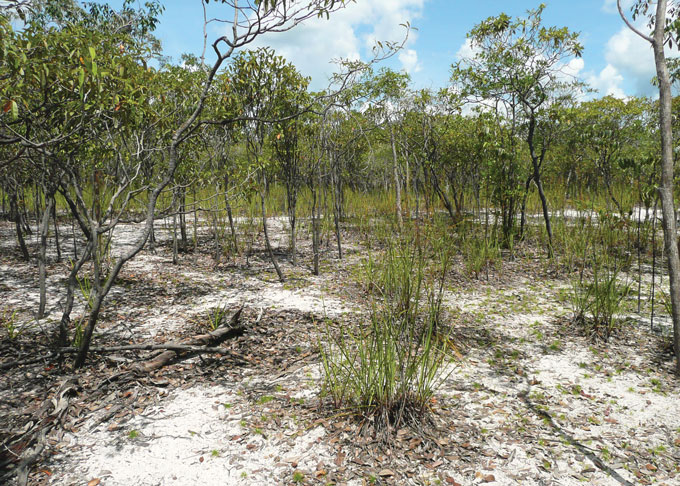
Now lacking these species, the forest that grows back often will have fewer species than before. Such effects can be seen where people have repeatedly burned the land. After just 20 years, the forest may return more slowly. And now, just a few fire-resistant species may dominate it.
Selectively logging certain trees is another problem. This practice can poke holes in a forest’s closed canopy. Now, more sunlight can get in to heat and dry out regions close to the ground. This can kill some plants, boost the risk of fires and push out animals.
Indeed, for each leaf lost, the forest’s moisture loses one little gate back into the sky.
During a typical dry season, severely degraded forests may release one-third less water back to the sky. That can directly sabotage the forest’s recycling of rains and threaten trees that rely on that moisture.
A drier future
The Amazon isn’t just dealing with the degradation and loss of forests, of course. Drought and warming pose big challenges, too.
Over the last 50 years, the average annual temperature across the forest has climbed at least 0.6 degree C (1 degree F). And super-severe droughts have struck the forest three times in the last 20 years. Some computer models of climate now suggest that in a little over 35 years, such extreme droughts might emerge in 9 out of every 10 years.
Climate shifts could transform patches of the rainforest. Wetter areas could become savanna, or a more open or dry forest. Such a change might occur in bits and pieces and at different times.
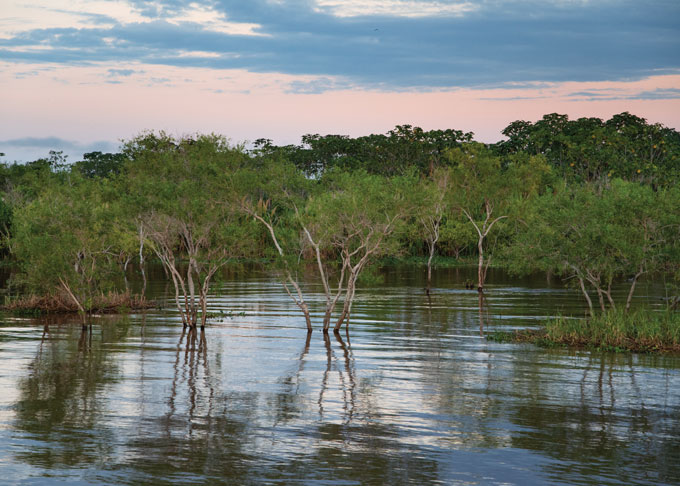
Mention “the Amazon” and people often picture dense, dripping vines and trees. But the forest is actually a messy mix of ecosystems. There are the vivacious várzeas — floodplains occupied by dense forests, grasslands and swamps. For months each year, nutrient-rich water floods them. Várzeas sustain an abundance of plants and animals.
Other swamp forests — or igapós — also flood seasonally. Their waters, though, are dark and hold few nutrients. They’re full of dark tannins that leach from plants as they decay. Trees here grow slowly. But their wood is dense and excels at storing carbon.
Then there are the diverse areas known as terra firme. These tall, thick, dark jungles cover areas above the flood line. Around 16,000 tree species have been recorded here, although fewer than 230 species are thought to dominate this forest.
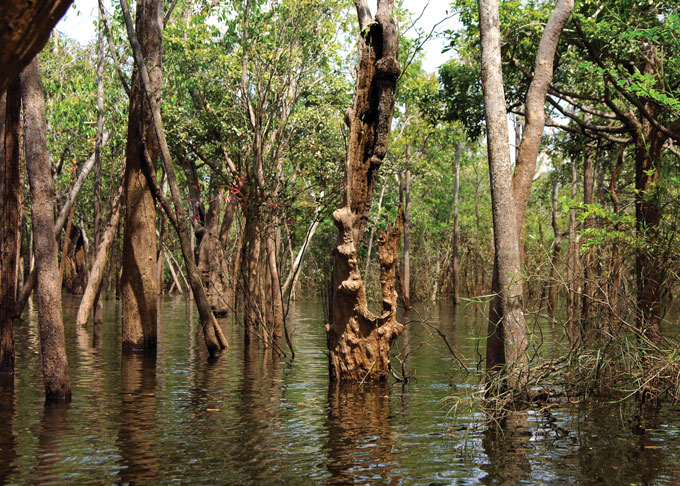
Research has relied on too few data
Research often simulates the Amazon’s plant cover, describing it as being more or less uniform, says Marina Hirota. She’s an Earth systems scientist at the Federal University of Santa Catarina. That’s in Florianópolis, Brazil. Such studies tend to consider every tree as being much the same as a broadleaf evergreen tree.
Researchers rely on such simple models because they don’t have better data, Hirota says. But these models don’t do the forest justice.
Taking a closer look at the forest’s complexity may reveal ways in which it is more — or less — resilient than we think.
For millions of years, the Amazon’s varied plant communities have adapted to local rain patterns. Too-simple models may fail to reflect how diverse Amazon ecosystems cope with stress like droughts due to climate change.
Tree species that live in more drought-prone areas, for instance, may be better adapted to drier conditions. And forests that stand atop shallow groundwater might fare well during mild droughts — but be ruined by severe ones, says ecologist Flávia Costa. Costa works at Brazil’s National Institute of Amazonian Research in Manaus.
Hirota and others are studying “life strategies” used by Amazon plants to cope with drought. Their goal is to use these data to improve existing models of plant cover. Similar efforts are needed to understand what likely will follow any changes in groundwater, Costa says.
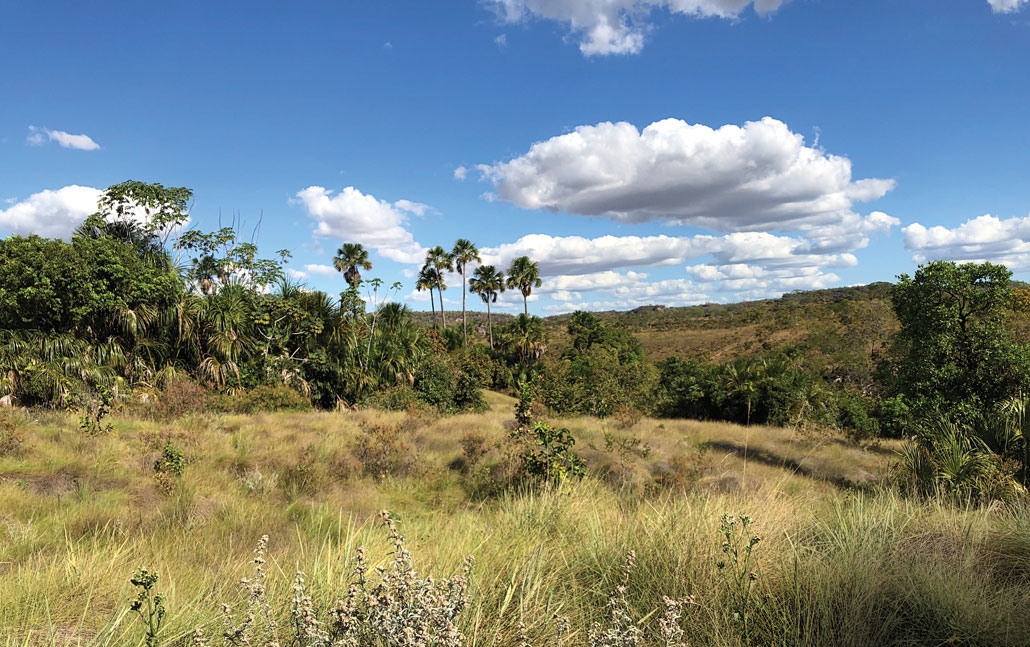
What comes next?
Today’s computer models are trying to see what’s ahead for the Amazon, says David Lapola. He’s an Earth scientist at the University of Campinas in Brazil. But with the few data available today, he says, it’s like “we’re looking into a room from the hole of the lock.”
Today’s web of local changes and diebacks across the Amazon is worrisome. But its fragmented state could also carry hope that the whole forest won’t be lost.
And that’s important to understand, says Carlos Nobre. An Earth systems scientist, he works in Brazil at the University of São Paulo. “If we take for granted” that the Amazon is doomed, he says, then people may simply say: “Forget it.”
Not all human activity has been bad for the Amazon. For thousands of years, people from Indigenous groups have acted as stewards of the forest’s diversity. Plants that they domesticated long ago — such as Brazil-nut trees and umari trees — are still abundant in some places.
Today, Indigenous territories as well as protected areas make up more than half of the forest in the Brazilian Amazon. Since 2000, only 5 percent of forest loss has occurred in these areas. Working with the people living there to stave off further forest loss and degradation will be key, researchers say.
But the forest’s fate will depend on more than work to restore and conserve these areas. CO2 and other greenhouse gases emitted by nations around the world are driving many of the conditions that threaten the Amazon.
So people across the globe also have some power to slow threats to the Amazon. People should stop buying products that support deforestation, Marimon urges. Amazonian beef is a big one. Brazil is the world’s largest exporter of beef. Around 75 percent of the Amazon’s forest loss has been to clear land for pastures to graze cattle.
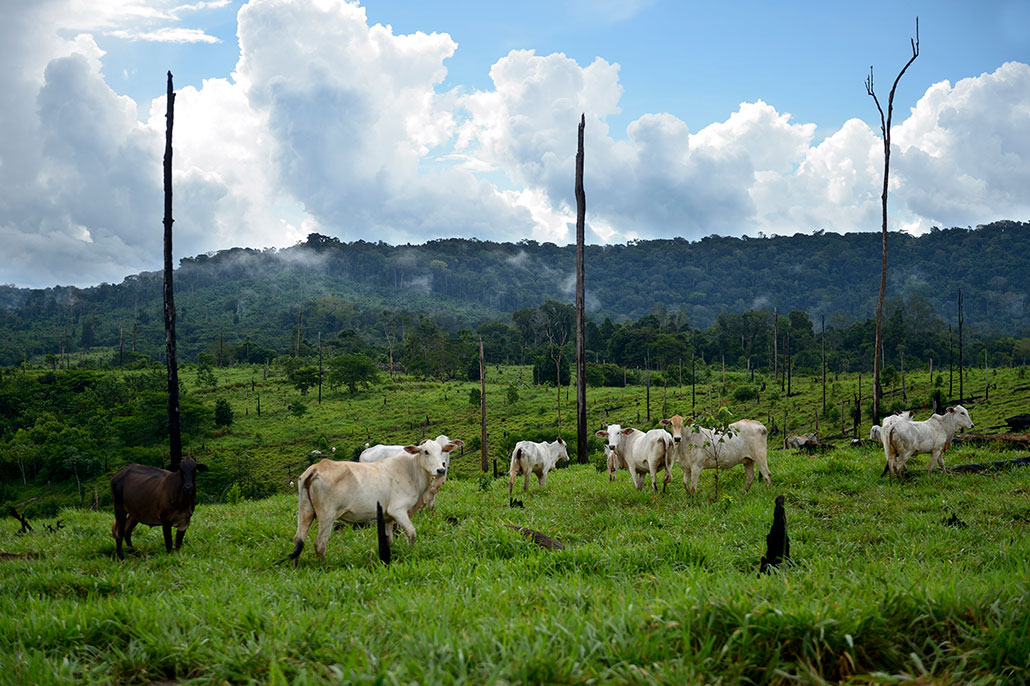
The Amazon’s biodiversity is irreplaceable. Its plants and soil house colossal stores of carbon. If the loss of greenery here lets that carbon go back into the air, climate change could worsen dramatically.
Wind and ocean currents also connect the forest to regions across the globe. Temperature changes in the Amazon have been linked to effects on ice as far away as the Tibetan Plateau and Antarctica.
Taking real steps to protect this ecological jewel is in the best interest of all who call Earth home. And the best time to take those steps is now.







